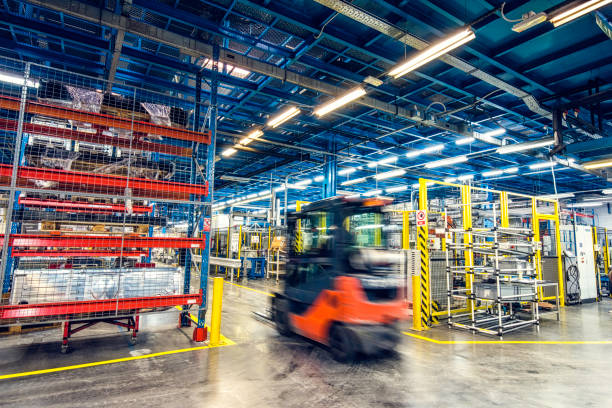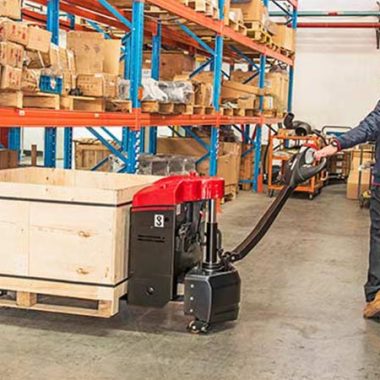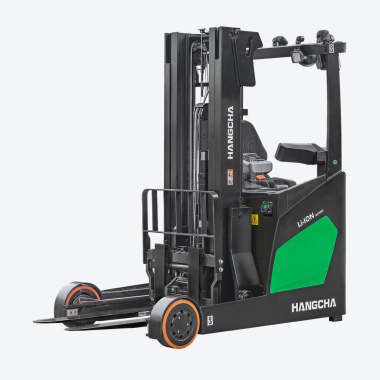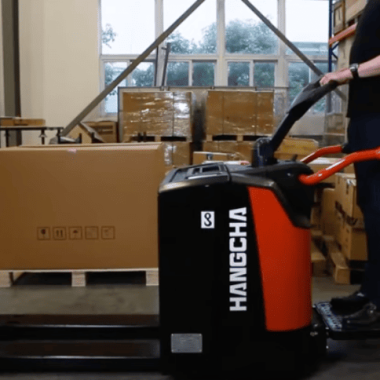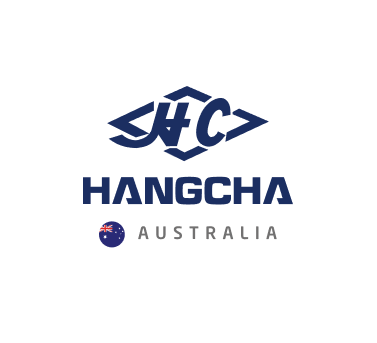The forklift industry is rapidly abandoning traditional internal combustion engines in favour of cleaner, more efficient sources of energy. Among these, the lithium electric forklift has been one of the most important innovations for warehouses, logistics hubs, and job sites. Businesses are finding that a switch to lithium power translates not only to lowering emissions but also to lowering fuel and maintenance costs and improving efficiency over the course of shifts.
However, with so many models on the market, from small three-wheel configurations to heavy-duty, high-voltage units, the question for decision-makers is no longer whether to make the switch to lithium, but rather which model is best suited to their site and operational needs.
This article will:
- Review the pros and cons of different models of lithium forklifts from Hangcha.
- Cover how indoor vs. outdoor use affects performance.
- Provide a step-by-step buying guide to choosing the correct balance of capacity, stability, and value.
Overview of Hangcha’s Lithium Electric Forklift Models
Hangcha has invested heavily in lithium forklift technology, producing a full series of machines for every application from light warehouse work up to extremely heavy industrial work.
Ranges include:
- X Series – in both three-wheel and four-wheel versions.
- XC Series – with advanced battery technology, including rapid charging and quick battery exchange capabilities.
- AE Series – an economical, dependable option for general warehouse use.
- XE Series – for broader outdoor applications.
- XH Series – covering high-voltage, heavy-duty lifting requirements up to 48 tonnes.
- Rough Terrain Variants – for yards, construction sites, and ports where ground conditions are unpredictable.
Each series answers to a special set of workplace needs. The X Series is compact and agile, the AE Series is stable and affordable, the XC Series offers high-frequency durability, the XE Series provides indoor and outdoor versatility, and the XH Series is the heavy lifter of the fleet.
Benefits and Drawbacks by Forklift Type
Three-Wheel Lithium Electric Forklift
These machines are popular in warehouses with narrow aisles and limited space. The turning radius is very compact, and operators have easy manoeuvrability. The lighter total weight exerts less pressure on even indoor floors, and quick changes in direction can be made.
Disadvantages:
Most three-wheel lithium electric forklifts have a capacity of 600 kilograms to 2 tonnes, making them less desirable where heavier pallets or outdoor use is involved. They are also less stable on uneven ground and, therefore, not ideal for yards or loading docks that are sloping.
Four-Wheel Lithium Electric Forklift
The four-wheel setup provides stability, higher load capacities, and greater comfort for operators who spend long hours behind the controls. With a lifting capacity of one tonne to five tonnes, depending on the model, these trucks are the lifeline of most warehouses and logistics companies.
Disadvantages:
Four-wheel trucks require wider aisles and are not as compact in turning radius as a three-wheel truck. In very high-density storage warehouses, they can impede operations unless space has been planned with their usage in consideration.
High-Voltage Heavy-Duty Forklifts
Hangcha’s XH Series is the high-end of lithium electric forklift design. These can go from six tonnes up to forty-eight tonnes and can substitute diesel heavy forklifts used in ports, steel yards, and construction.
Disadvantages:
The trade-offs are a higher initial purchase price, a larger physical footprint, and an absolute requirement for diligent planning of battery charging and maintenance. For applications requiring this level of lifting capacity, however, there is no substitute.
Indoor and Outdoor Applications
When choosing a forklift, one of the first questions to ask is where it will be operating most of the time.
Indoors
Compactness and agility rather than ultimate lifting capacity are the priorities on smooth and flat floors. That is the area in which three-wheel units shine. They can zip through narrow aisles, twirl around in tight corridors, and take daily pallet traffic in their stride. For warehouses where storage density is the priority, the three-wheel configurations can recover valuable square metres by working with ease in narrow racking systems.
Outdoors
Yards, docks, and construction sites have slopes, inclines, and uneven ground. Stability is the clincher. Four-wheel versions, particularly the XE and XC series, offer the gradeability for inclines and the chassis toughness for rougher surfaces. At the end, the XH Series with high-voltage lithium technology offers the power for container lifting, equipment, and other industrial loads.
Cold Storage
Standard lead-acid forklifts struggle in low-temperature environments, but lithium units like the XC Series still deliver high battery performance in cold climates. That makes them a great choice for refrigerated warehousing and food distribution.
How to Choose the Right Lithium Electric Forklift
Once the environment is settled, operational details are next to consider.
Load capacity and lift height
- If most loads weigh less than two tonnes and there are narrow aisles, a three-wheel forklift is perfect.
- If loads are between two and five tonnes and aisles are more spacious, a four-wheel forklift is a good compromise between capacity and manoeuvrability.
- If the working environment is steel, timber, or containers that weigh tens of tonnes, then nothing less than a heavy-duty XH Series forklift will do.
Floor surfaces and slopes
- Flat, even warehouse floors are ideal for lighter models.
- Sloping yards need trucks with higher gradeability.
Frequency and shift type
- For light to medium duty in single shifts, most lithium forklifts have more than adequate endurance.
- For multi-shift, 24-hour service, trucks with fast charging or battery change capability are needed. The XC and XE series trucks are designed with these requirements in mind.
Budget and lifecycle costs
Lithium forklifts are more costly to buy than diesel or lead-acid equivalents, but they make it back in operational costs. There is no fuel bill, no engine servicing, and battery life extends to thousands of charge cycles. These savings over the years of ownership more than cover the purchase price.
Comparing the Series Without Using the Numbers
It’s helpful to view each series in real-world terms:
- X Series – the compact, manoeuvrable warehouse solution.
- AE Series – the cost-effective, dependable all-rounder.
- XE Series – for operations that switch effortlessly between indoor and outdoor use.
- XC Series – for heavy-duty cycles where downtime cannot be an option.
- XH Series – for heavy industry, ports, and construction sites where nothing but extreme lifting capacity will do.
By looking at them this way, managers can eliminate unsuitable options at once and narrow the list to two or three models that truly fit their needs.
Why Hangcha’s Lithium Electric Forklift Range Stands Out
Beyond the specifications, there are practical reasons why Hangcha’s range is trusted across industries.
- Battery systems are engineered for safety, efficiency, and longevity.
- Charging times are shorter, and battery exchanges are quick where needed.
- The trucks are designed with ergonomics in mind for the operator’s comfort, reducing fatigue on long shifts.
- Service support in Australia ensures minimal downtime and readily available parts.
Above all, Hangcha hears feedback from customers. Issues like humidity, tight aisles, and multi-shift applications have driven the development of new generations of lithium forklifts. These are not simply machines intended to look modern; they are tailored to the very real issues Australian companies face daily.
If you are in the process of model comparison, you can visit Hangcha’s official website to view the entire range of lithium electric forklifts.
Conclusion – Matching Forklift to Workplace
The choice of a suitable forklift is not about keeping up with the latest technology or the highest spec. It is about making sure the truck is suited to your actual workplace.
- For narrow warehouses and dense racking, a three-wheel lithium forklift is compact and more productive.
- For general logistics and manufacturing, a four-wheel forklift provides stability and uniform load capacity.
- For ports, heavy yards, and construction, the high-voltage XH Series provides uncompromising power without the emissions of diesel trucks.
By understanding what questions to ask—what needs to be lifted, what is the condition of the floors, how often the forklift will be used—businesses can make conclusive decisions and invest with confidence. The result is lower costs, higher productivity, and a cleaner, safer workplace.
Lithium electric forklifts are not a solution for tomorrow; they are today’s answer for companies that require performance, sustainability, and long-term value.
















